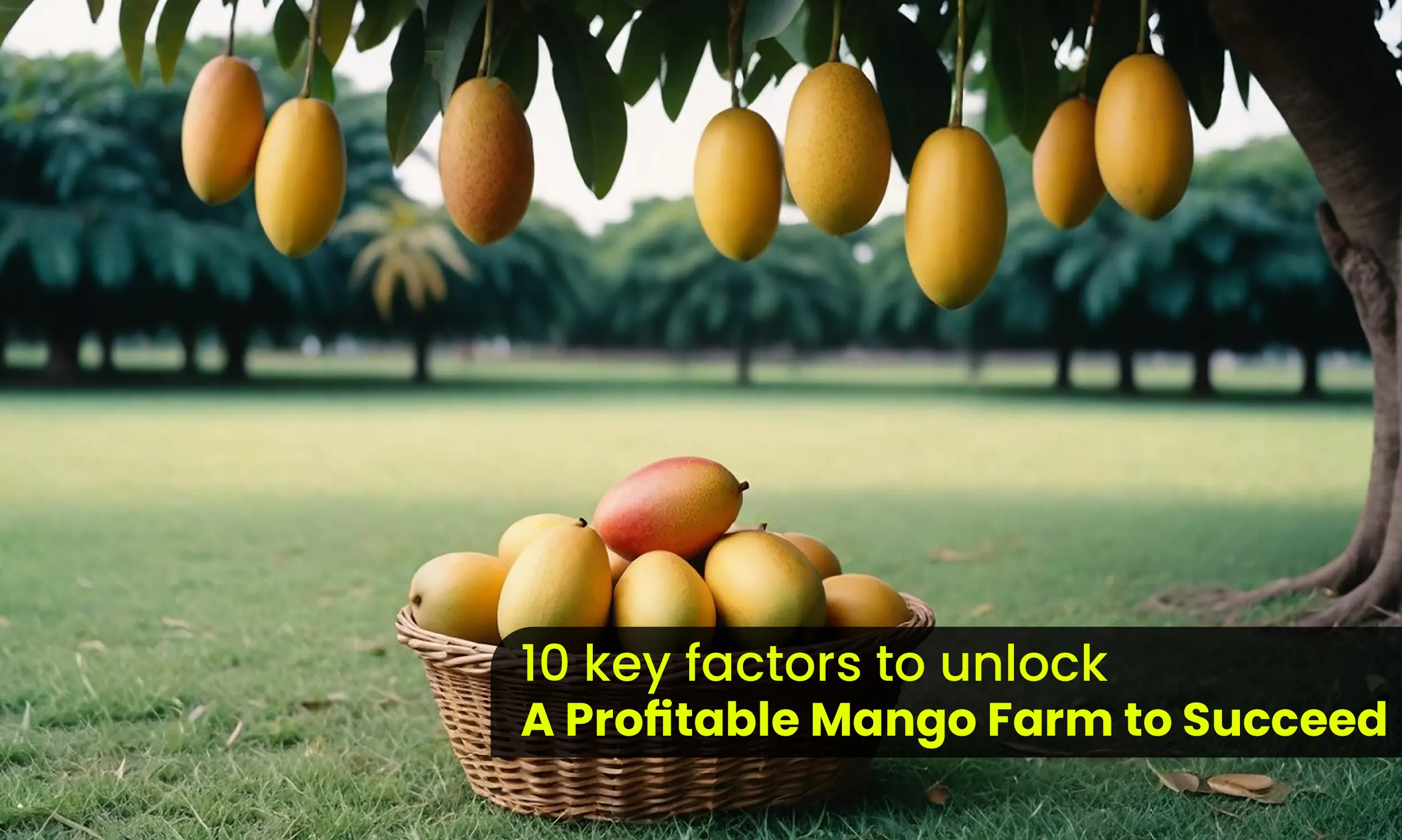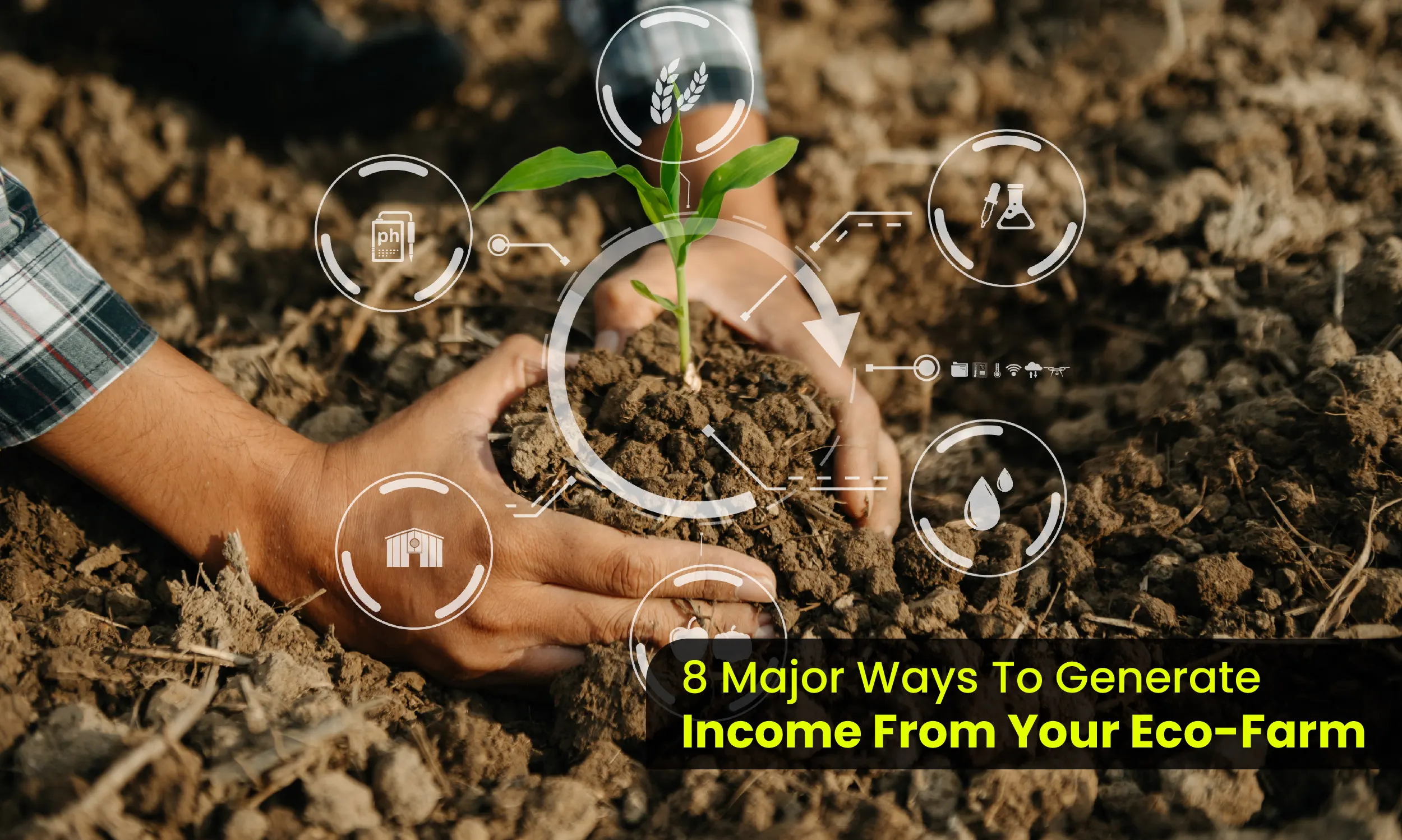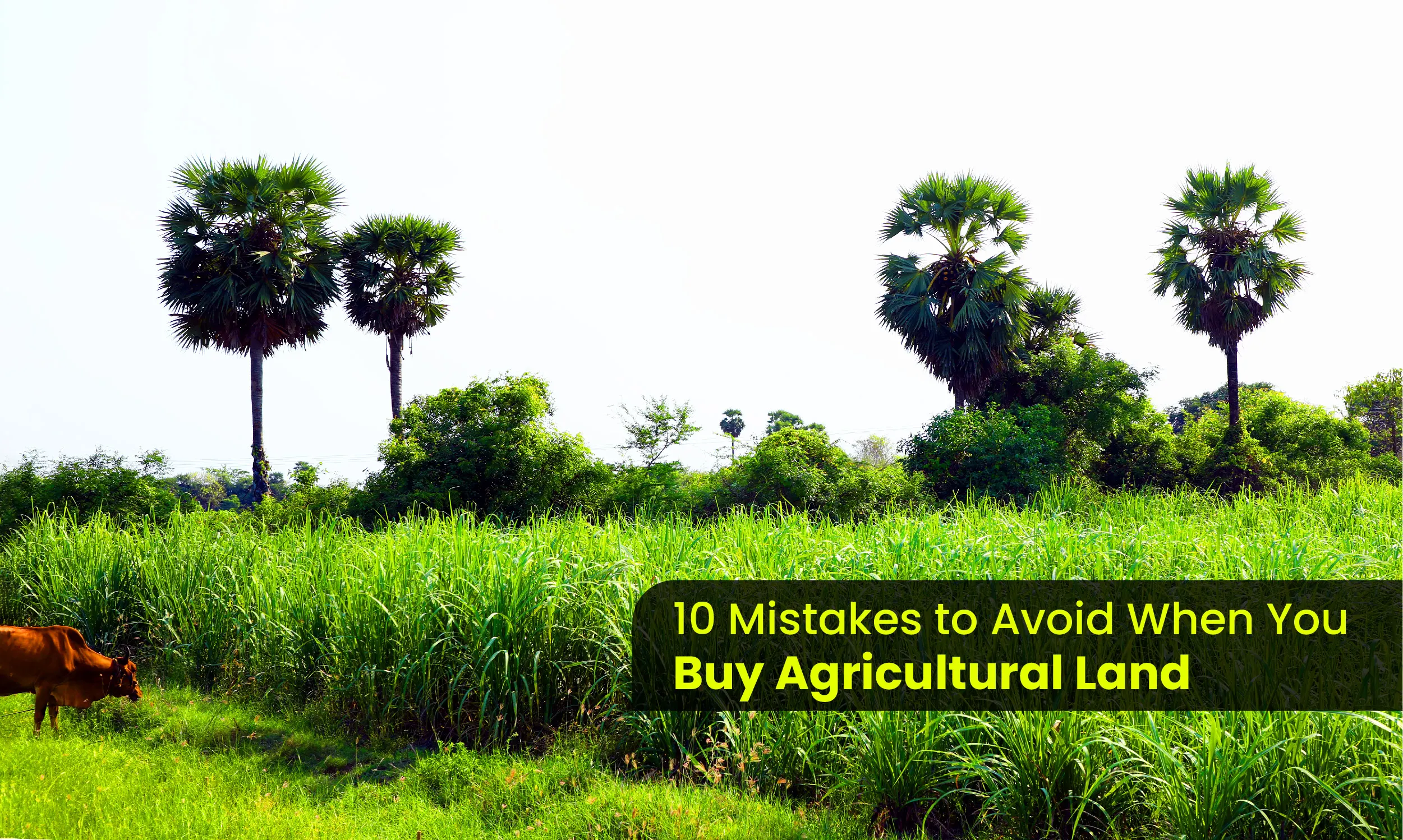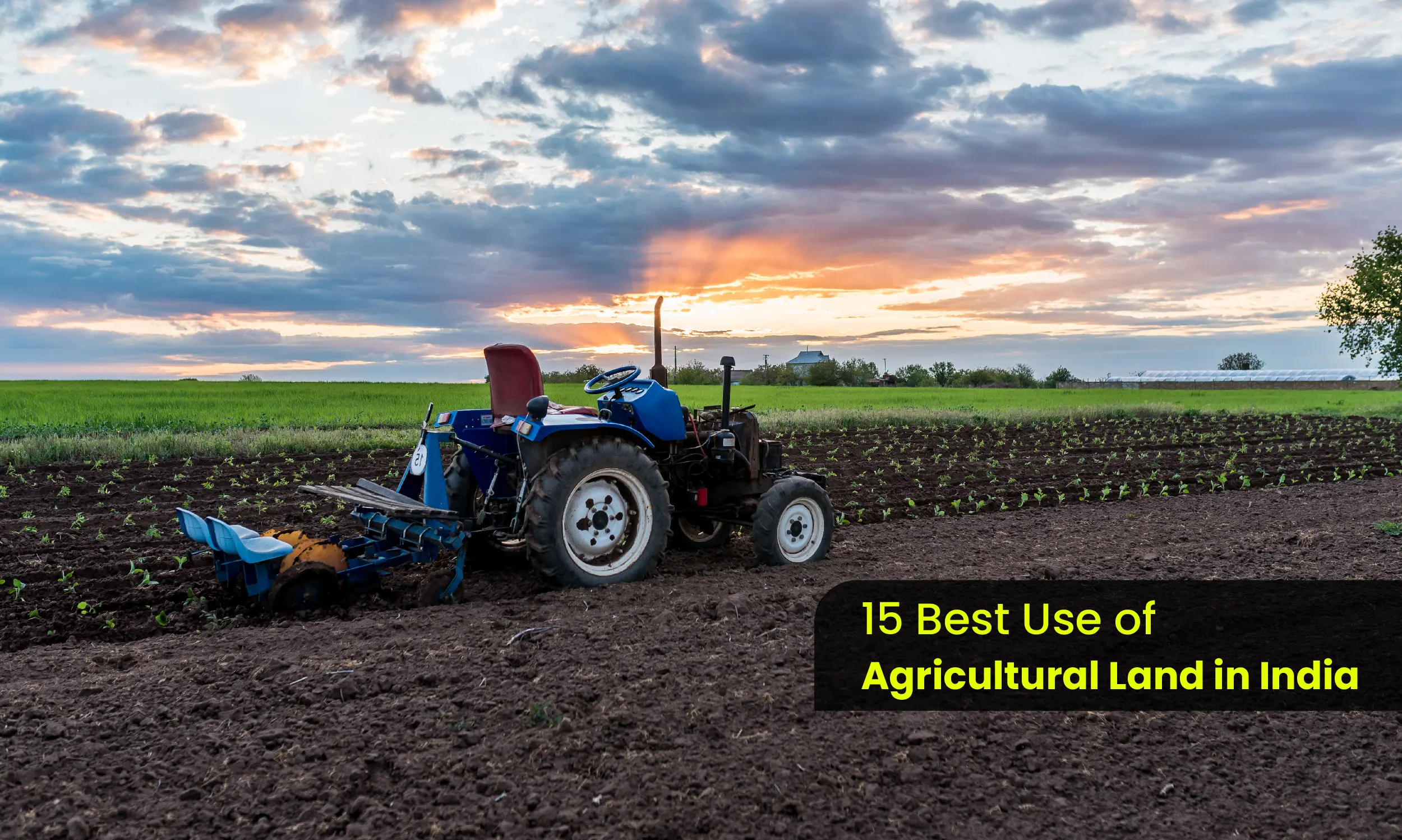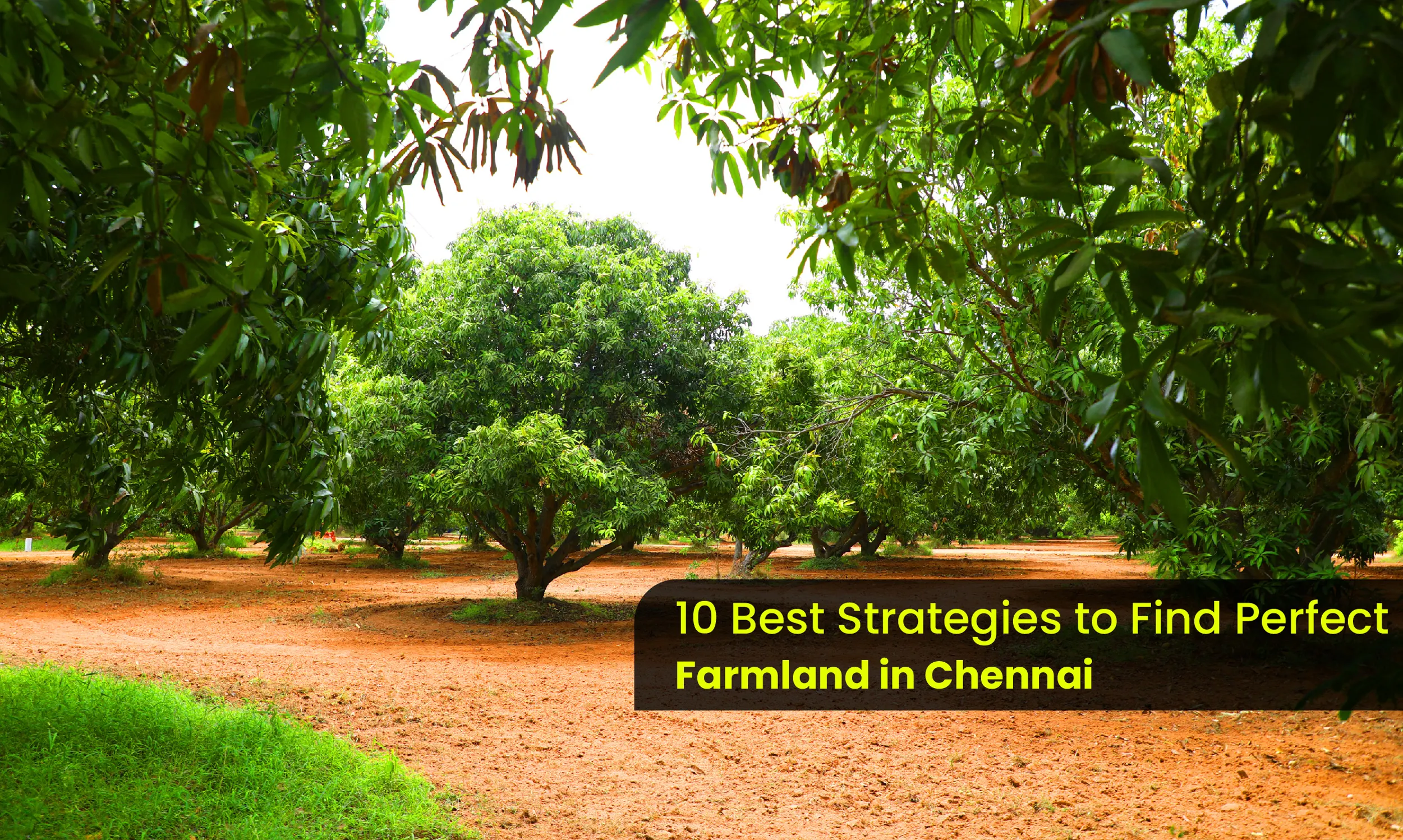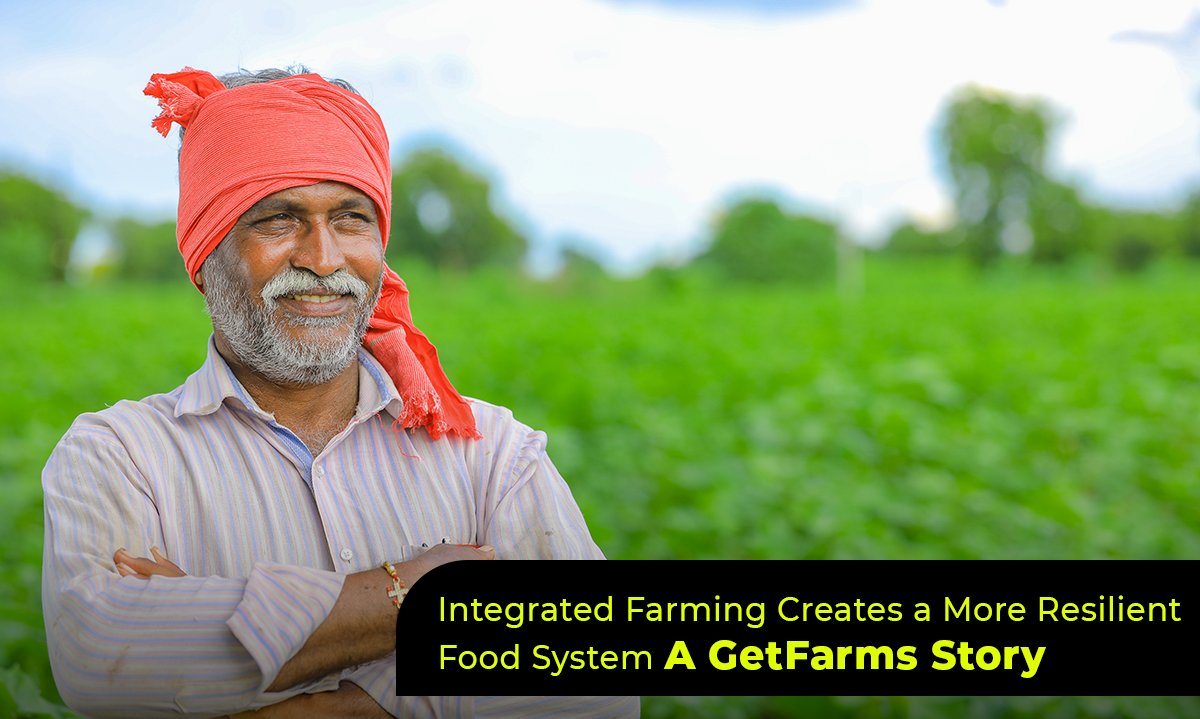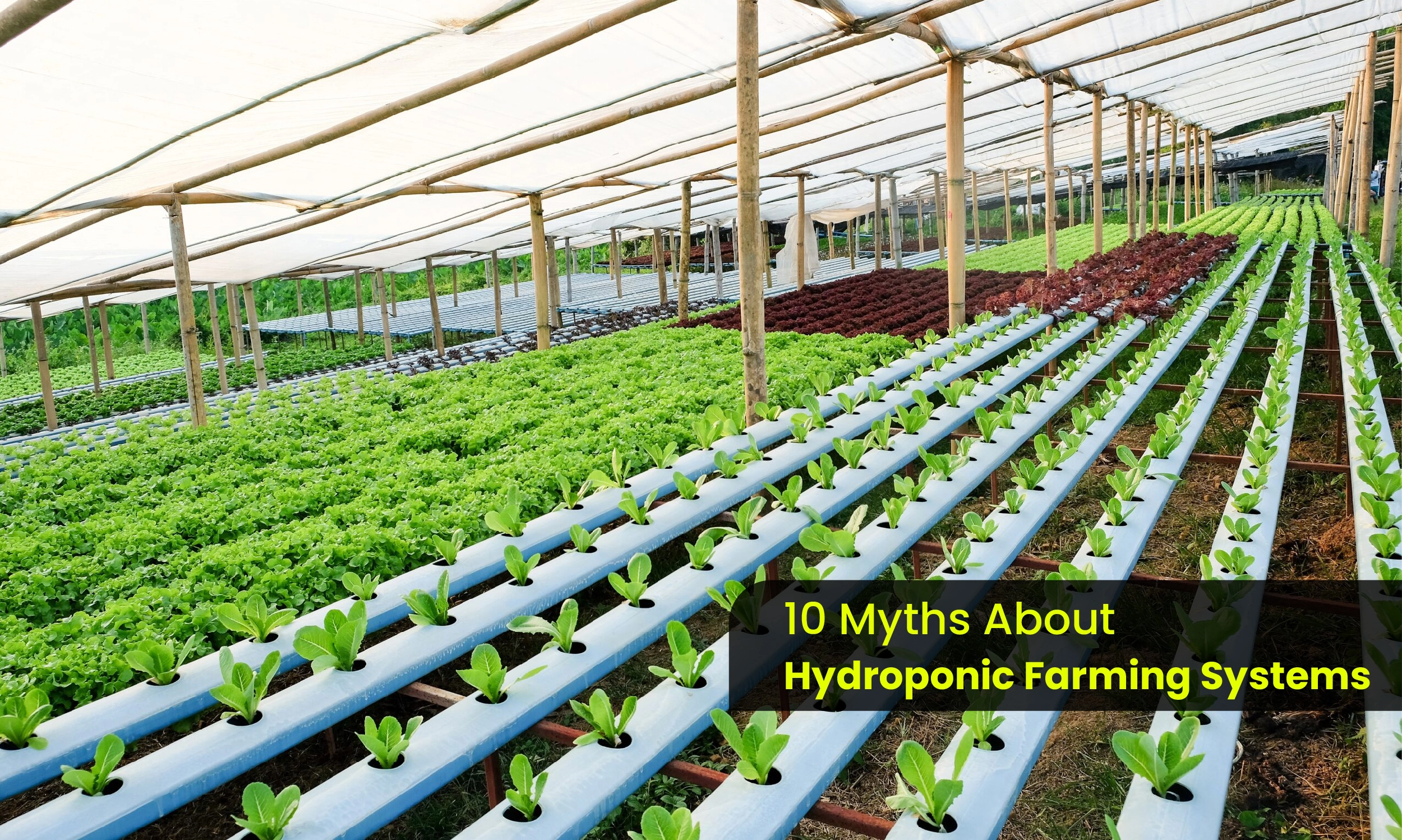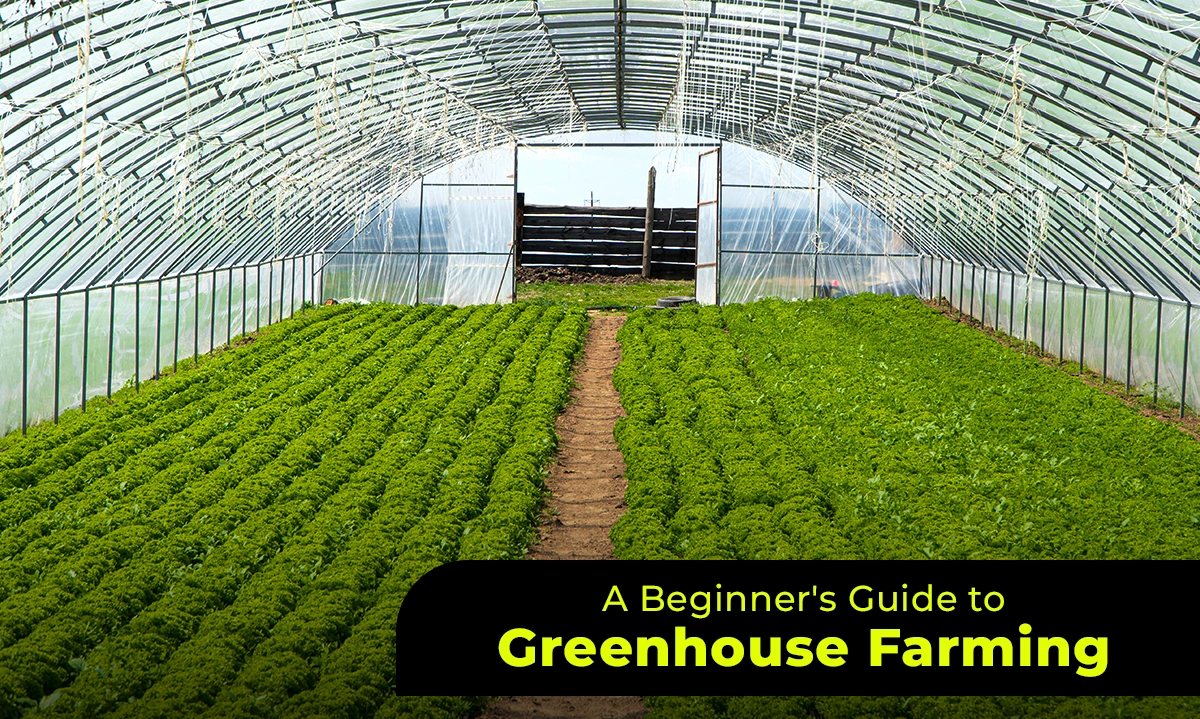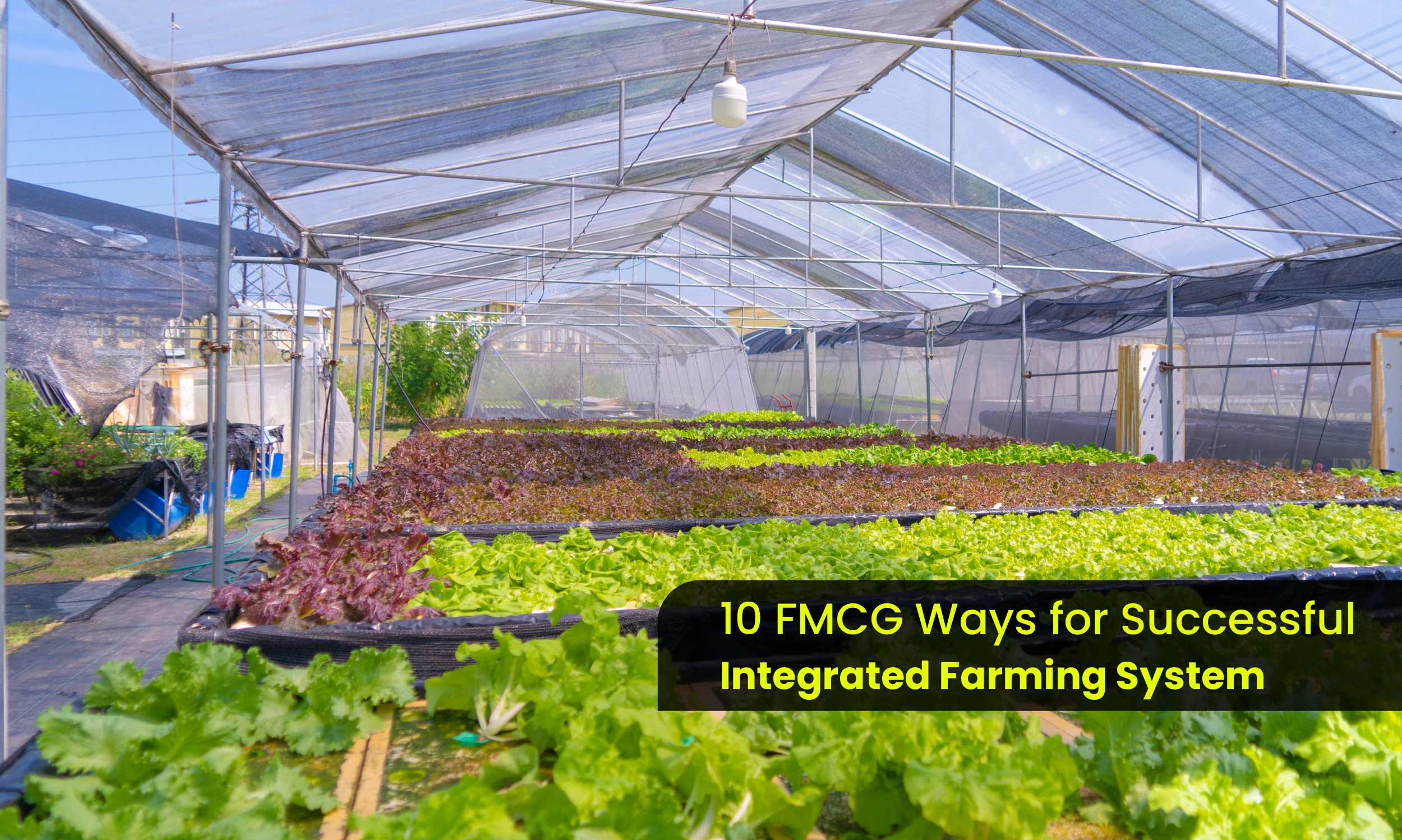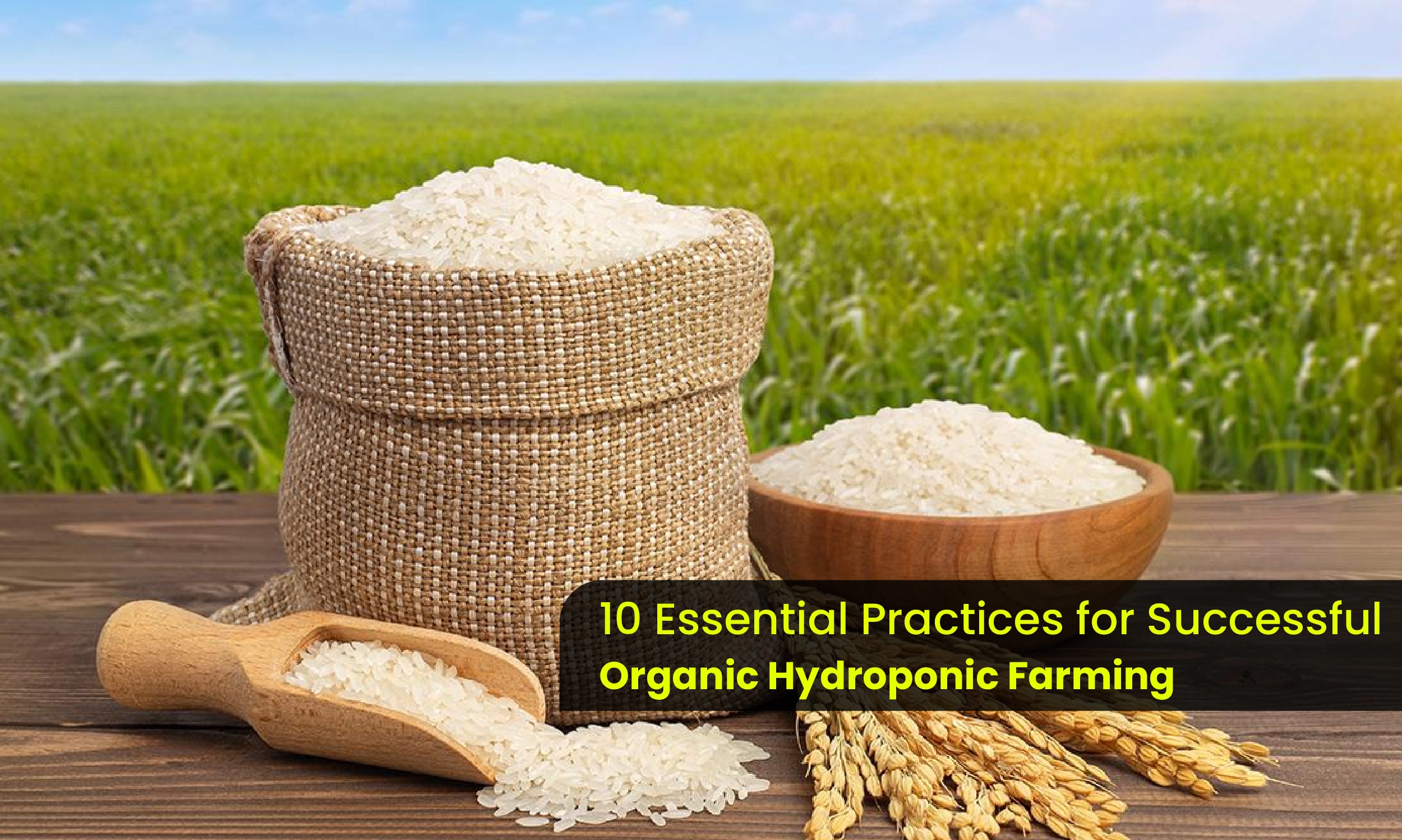Get to Know the Potential of Greenhouse Farming
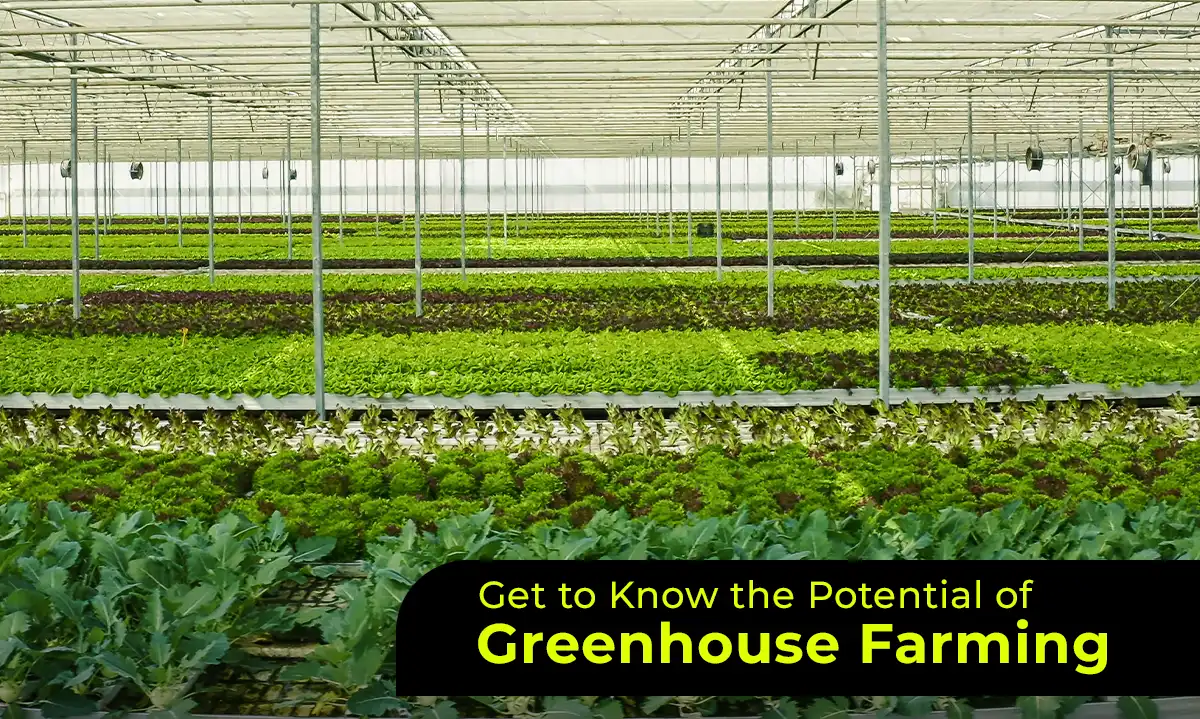
Defining Greenhouse Farming?
Greenhouse farming, also known as controlled environment agriculture, involves the cultivation of crops within a controlled environment, typically within a structure made of transparent material such as glass or plastic. These structures, commonly referred to as greenhouses, allow growers to manipulate environmental factors such as temperature, humidity, light, and carbon dioxide levels to create optimal conditions for plant growth. By harnessing technology and innovative growing techniques, greenhouse farming enables year-round cultivation regardless of external climatic conditions.
The Significance of Greenhouse Cultivation
Greenhouse farming holds immense importance in modern agriculture due to its ability to mitigate the challenges posed by traditional open-field farming methods. Firstly, it significantly extends the growing season, enabling farmers to produce crops throughout the year irrespective of weather conditions. This ensures a consistent and reliable food supply, reducing dependency on seasonal harvests. Secondly, greenhouse farmlands facilitates higher yields per unit area by optimizing growing conditions, leading to increased productivity and profitability for farmers. Additionally, it promotes resource efficiency by reducing water usage and minimizing the need for pesticides and fertilizers, thus contributing to sustainable agricultural practices.
Furthermore, greenhouse farming plays a crucial role in food security by enhancing food availability and accessibility, especially in regions with limited arable land or harsh climates. It also enables local food production, reducing the carbon footprint associated with long-distance transportation and storage of perishable goods. Overall, greenhouse farming represents a sustainable and efficient approach to meeting the growing global demand for food while minimizing environmental impacts.
Advantages and Obstacles in Greenhouse Agriculture
Benefits:
Year-round production: Greenhouse farming allows for continuous cultivation regardless of external weather conditions, ensuring a consistent food supply throughout the year.
Increased yields: By providing optimal growing conditions, greenhouses facilitate higher crop yields per unit area compared to traditional farming methods.
Resource efficiency:Controlled environments enable precise management of water, nutrients, and energy, leading to reduced resource wastage and lower environmental impact.
Pest and disease control: Greenhouses offer protection against pests, diseases, and adverse weather events, minimizing crop losses and the need for chemical inputs.
Diversification and specialty crops:Growers can cultivate a wide range of crops, including exotic or high-value varieties, catering to niche markets and increasing profitability.
Challenges:
High initial investment:The construction and setup of greenhouse facilities require significant capital investment, which may pose a barrier to entry for small-scale farmers.
Energy consumption: Maintaining ideal growing conditions within greenhouses necessitates the use of artificial lighting, heating, and cooling systems, leading to high energy consumption and operational costs.
Technical expertise: Successful greenhouse farming requires specialized knowledge and skills in crop management, climate control, and pest management, which may be lacking among inexperienced growers.
Climate variability: While greenhouses offer protection from external weather fluctuations, extreme events such as heat waves or storms can still impact production and infrastructure.
Market competition: The increasing popularity of greenhouse farming has led to market saturation in some regions, intensifying competition and driving down prices for certain crops.
Operational Mechanisms of Controlled Environment Farming
The greenhouse farming system operates on the principle of creating a controlled environment conducive to plant growth. The structure of a greenhouse typically consists of transparent walls and roof panels, allowing sunlight to penetrate while trapping heat inside. Temperature, humidity, and ventilation are regulated using automated systems or manual adjustments to maintain optimal growing conditions. Additionally, supplemental lighting may be used to extend daylight hours or compensate for insufficient sunlight during cloudy days or winter months. Watering systems deliver precise amounts of irrigation to plants, while nutrient solutions can be applied directly to the root zone through hydroponic or aeroponic systems. Integrated pest management strategies help prevent and manage pest infestations, reducing reliance on chemical pesticides. By carefully monitoring and adjusting environmental parameters, growers can optimize plant growth and maximize yields within the controlled environment of a greenhouse.
Diverse Approaches to Indoor Cultivation
Greenhouse farming encompasses various types tailored to specific crops, climates, and production goals. Some common types include:
Traditional greenhouses:These are freestanding structures made of glass or plastic, suitable for a wide range of crops and climates.
High tunnels: Similar to traditional greenhouses but with a simpler design and lower cost, high tunnels offer season extension and protection from weather extremes.
Hydroponic systems: In hydroponic greenhouses, plants are grown without soil, receiving nutrients dissolved in water, which allows for precise control over nutrient levels and increased water efficiency.
Vertical farming: Vertical greenhouse farming structures utilize vertical space to grow crops in stacked layers, maximizing production in urban or limited land
Aquaponics: Combining aquaculture and hydroponics, aquaponic systems integrate fish farming with plant cultivation, creating a symbiotic ecosystem where fish waste provides nutrients for plants, and plants help purify the water for fish.
Anticipating the Evolution of Greenhouse Farming
Greenhouse farming seems to have a bright future because of ongoing technological developments and growing global acceptance. Based on market research, the demand for locally produced, fresh produce is expected to increase, and consumer awareness of food safety and sustainability will also drive growth in the greenhouse vegetable market, which is expected to reach USD 42.6 billion by 2026. It is anticipated that innovations like climate-controlled greenhouses, vertical farming systems, and intelligent automation tools will transform the greenhouse farming sector and increase productivity, efficiency, and environmental friendliness. A greener and more resilient food system will also probably result from investments in greenhouse infrastructure and research, which will be fueled by programs that support sustainable agriculture and food security. In the face of escalating global issues including resource scarcity, population increase, and climate change, greenhouse farming presents a workable way to guarantee food security, lessen environmental effects, and promote economic growth in the years to come.
Conclusion
To sum up, greenhouse farming is at the vanguard of contemporary agricultural techniques and provides a long-term solution to the problems of resource scarcity, environmental degradation, and food security. Greenhouse farmers may minimize the environmental impact of food production while optimizing growth conditions and yields via the establishment of controlled habitats. Even though the sector confronts difficulties including high startup costs and energy consumption, further technological breakthroughs and improvements have the ability to get over these roadblocks and realize the full potential of greenhouse farming. It is clear that greenhouse farming will be crucial in creating a more resilient, effective, and fair food system in the future for future generations.
About Author
GetFarms stands as a beacon for those seeking prime opportunities in agriculture, offering a curated selection of greenhouse farmland for sale. With a commitment to facilitating seamless transactions, GetFarms provides a platform where prospective buyers can easily explore and purchase their ideal greenhouse farm. Whether individuals are seasoned farmers or newcomers to the industry, the platform ensures accessibility to diverse agricultural properties tailored to their needs and preferences. Through the simple yet effective interface, interested parties can effortlessly navigate through listings, evaluate property features, and make informed decisions to buy greenhouse farming plots that align with their agricultural aspirations. GetFarms' dedication to connecting buyers with the best greenhouse farms epitomizes its mission to revolutionize the way agricultural real estate transactions are conducted, ushering in a new era of efficiency and transparency in the realm of greenhouse farming.
Latest blogs
JOIN OUR COMMUNITY !
Stay connected with Getfarms! Follow us on social media for the latest updates, exclusive offers, and a glimpse into the world of farmhouse living. Join our community today
